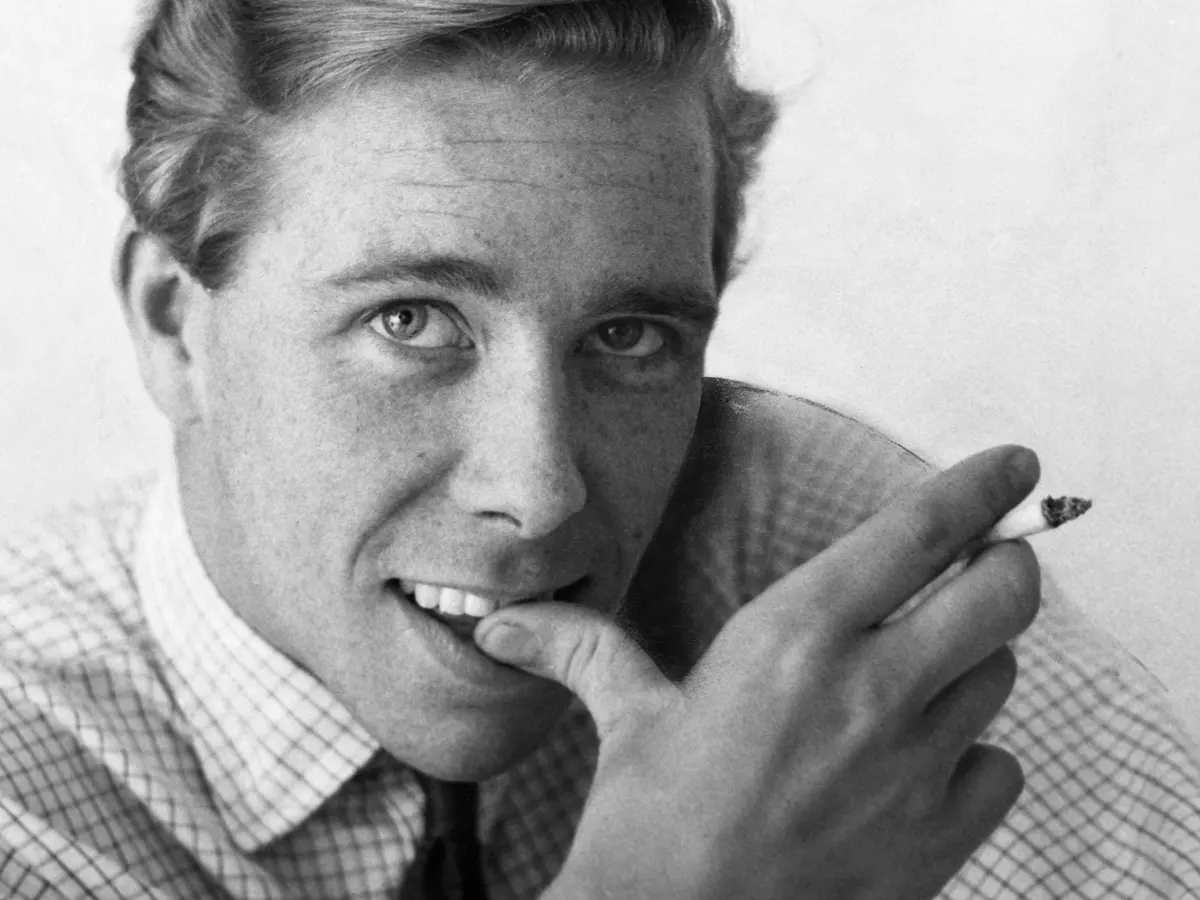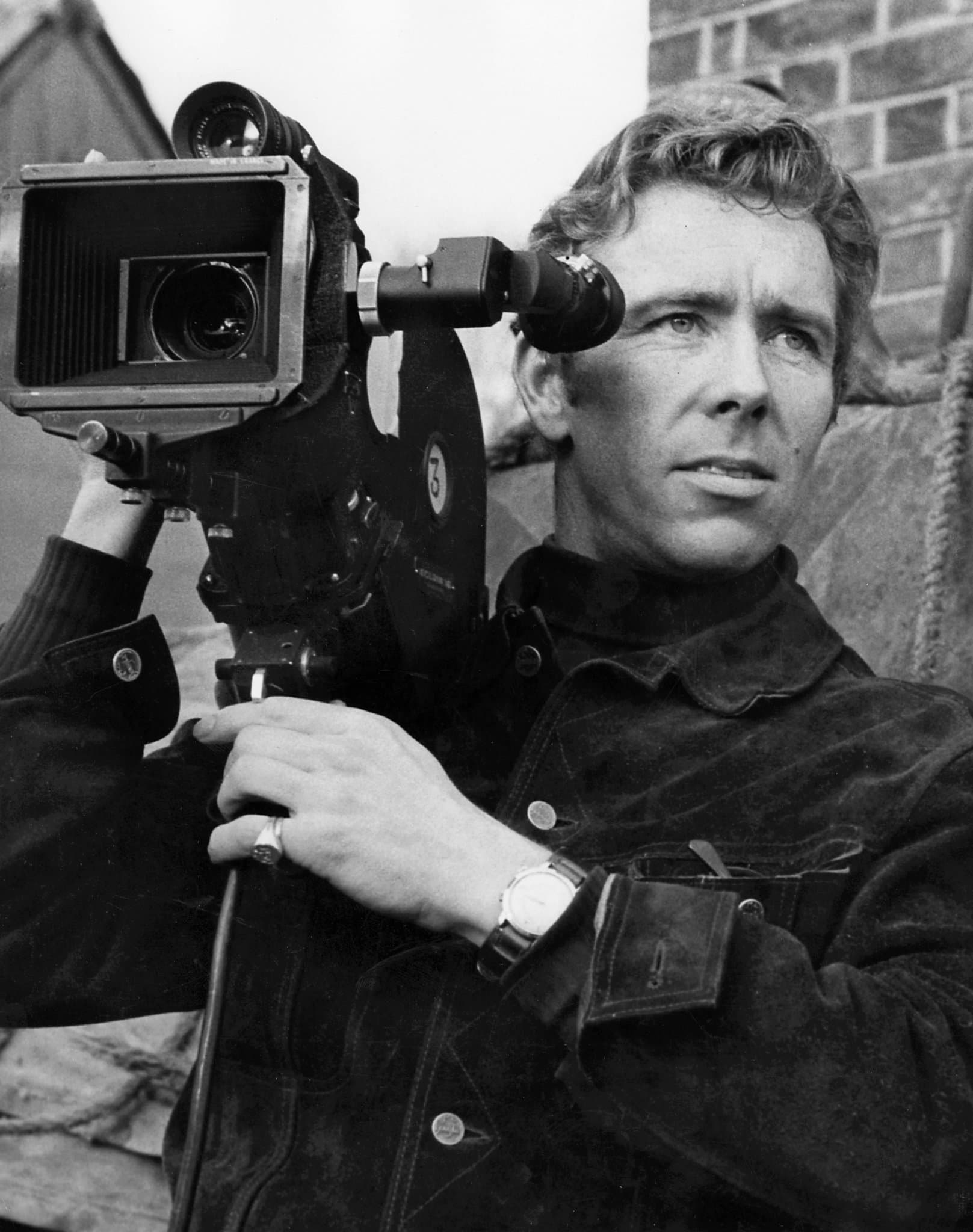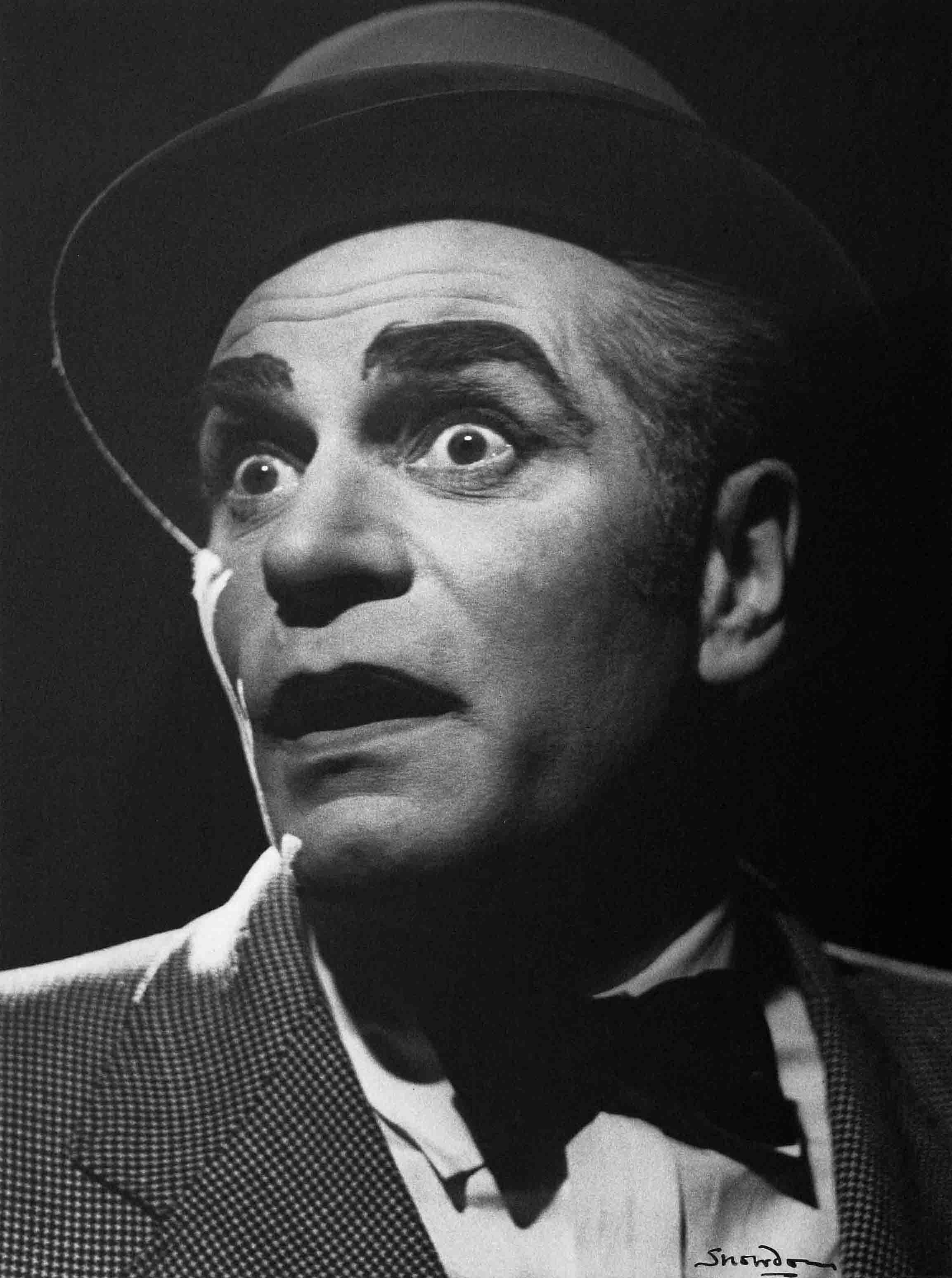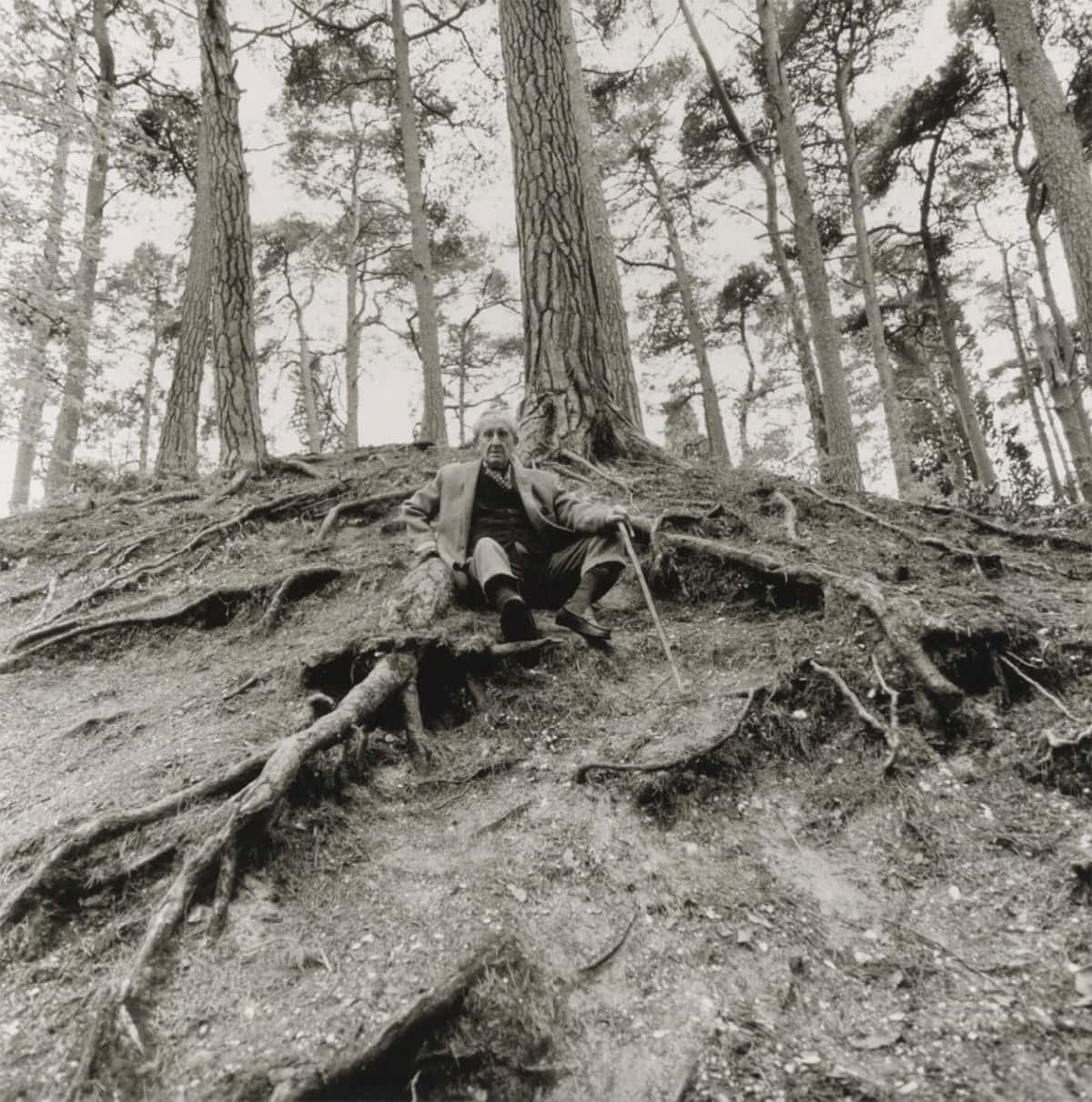Lord Snowdon (Antony Armstrong-Jones) was influential in bringing an informal approach to royal portraiture and is celebrated for his pioneering photo essays during nearly thirty years at The Sunday Times Magazine, documenting the arts and social issues.
Snowdon Prints For Sale (1):
Artist Biography
Snowdon
UK
B. 1930-2017
EnquireEarly Life
Lord Snowdon (Antony Armstrong-Jones) was born in London on 7 March 1930, the son of a barrister. His wealthy, well-connected family included significant artists: his great-grandfather was the cartoonist, Linley Sambourne, and his uncle was the famous costume and set designer, Oliver Messel. His first forays into photography were at Eton, where he revived the Photographic Society, and at Cambridge where he was a regular contributor to the Varsity magazine.


Snowdon
UK
B. 1930-2017
EnquirePhotographic Career
In 1952 Armstrong-Jones opened a small photography studio in a converted ironmonger’s shop in Pimlico, London. Like Cecil Beaton and Norman Parkinson before him, he relied on photographing debutantes to make a living, whilst developing the more inventive side of his work. It did not take long until his first book, London, was published in 1958, establishing Armstrong-Jones as a serious photojournalist. At the same time, he was becoming increasingly successful as a portrait photographer, even gaining several commissions to photograph the Royal Family, and was also in demand as an innovative photographer of the theatre. In 1960, Armstrong-Jones married Princess Margaret, and was created 1st Earl of Snowdon, after his favourite mountain. This union was sensational at the time, as he was both a commoner and a photographer, the first time either had married into the Royal Family. He was quickly smothered by the routines of royalty, and his photographic career temporarily came to a halt.
By 1963, Snowdon (as he had become known professionally) was working again, now for The Sunday Times Magazine, and produced numerous moving and important photo-essays. Having had polio as a child, he had a particular interest in photographing disability and mental illness, both of which featured heavily in his work during the next twenty-five years. He was also producing portraits of such figures as Lucian Freud, Anthony Blunt and Rudolf Nureyev, for which he has now become best known. He has an uncanny ability to see through even the toughest facades, to strip pretentions, and by removing whatever pride his sitters arrive with, reveal the truth. Although famous for his charm and perfect manners, he likes to unnerve. This approach, coupled with his instinct to press the shutter at just the right moment, has made him a world famous portrait photographer. He was honoured for his portraiture in 2004, with a retrospective exhibition at the National Portrait Gallery.
Over his long career, Snowdon produced a remarkable archive of images, mastering several genres of photography in the process. Despite his well-honed technique, he has no recognisable photographic style, and indeed has made efforts to avoid developing one. He feels that as a photographer his role is to become an invisible observer, coaxing the truth out of his subjects without turning the result into a “Snowdon”. He is a master of studio portraiture, photo-journalism, theatre, fashion, advertising, travel, nature and even underwater photography. However, his brilliance as a photographer was always overshadowed by his royal status and the controversy that surrounded his relationship with Princess Margaret, exacerbated by their divorce in 1972. Snowdon died at his home in Kensington at the age of 86, in January 2017.


